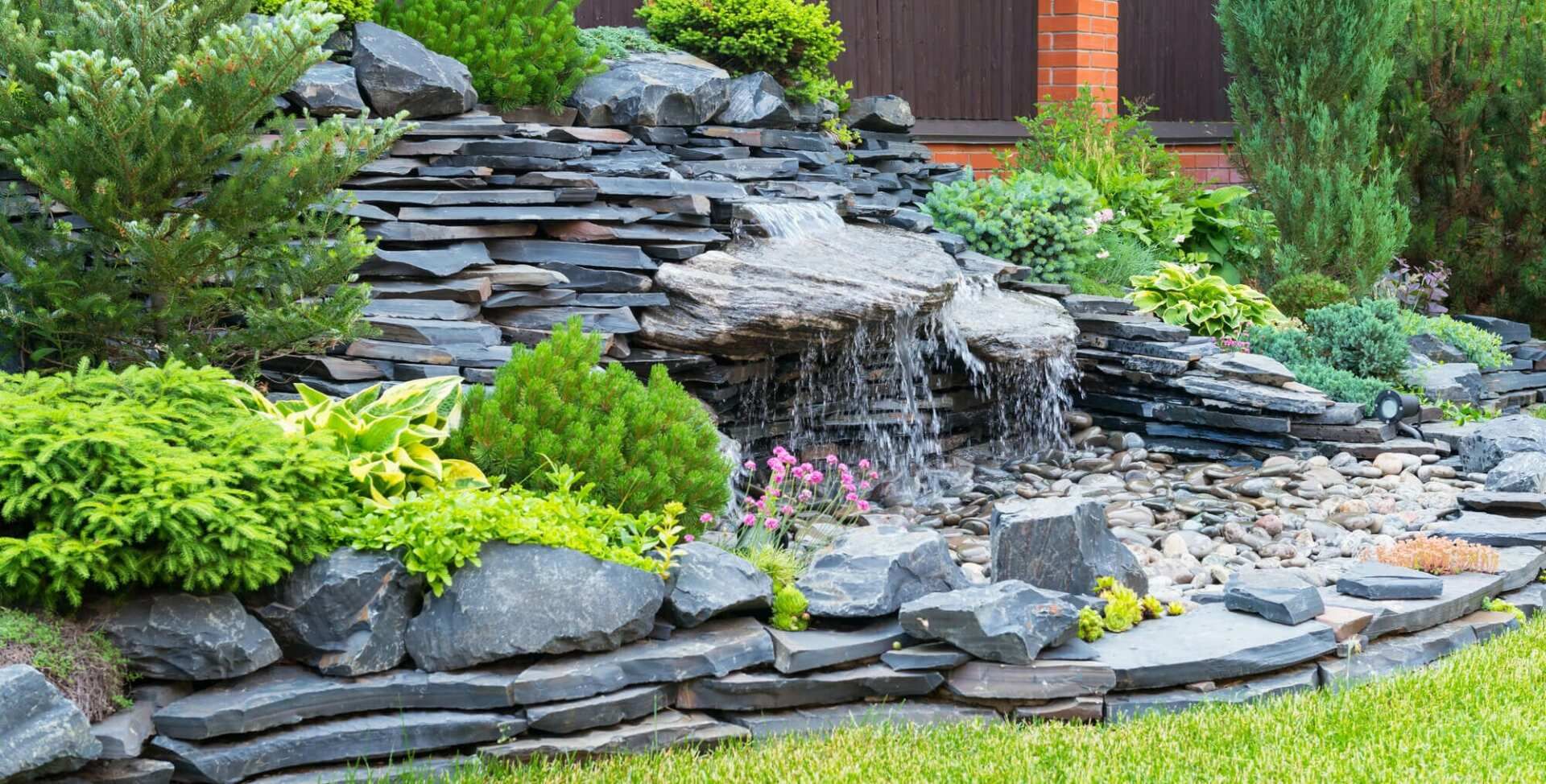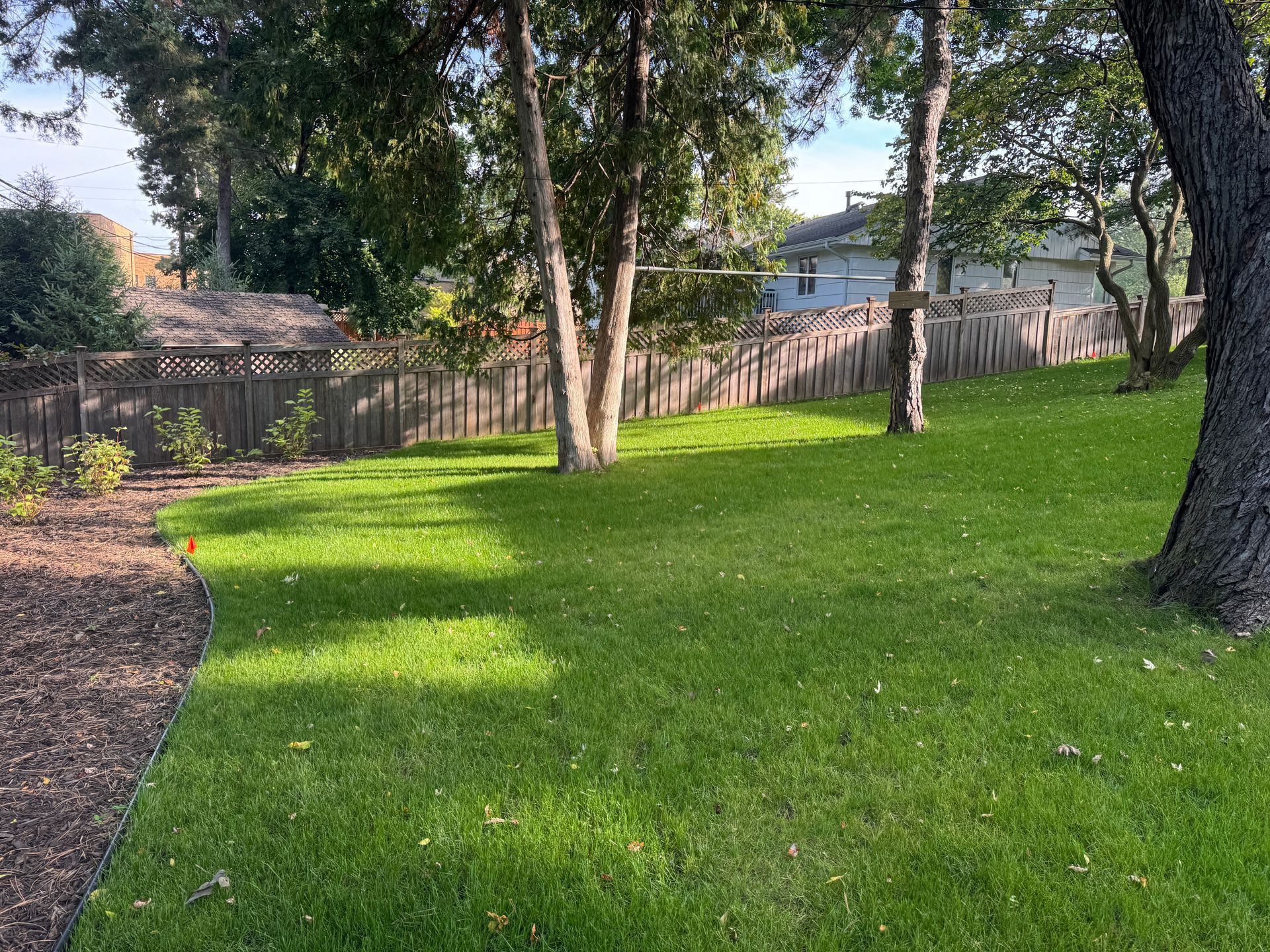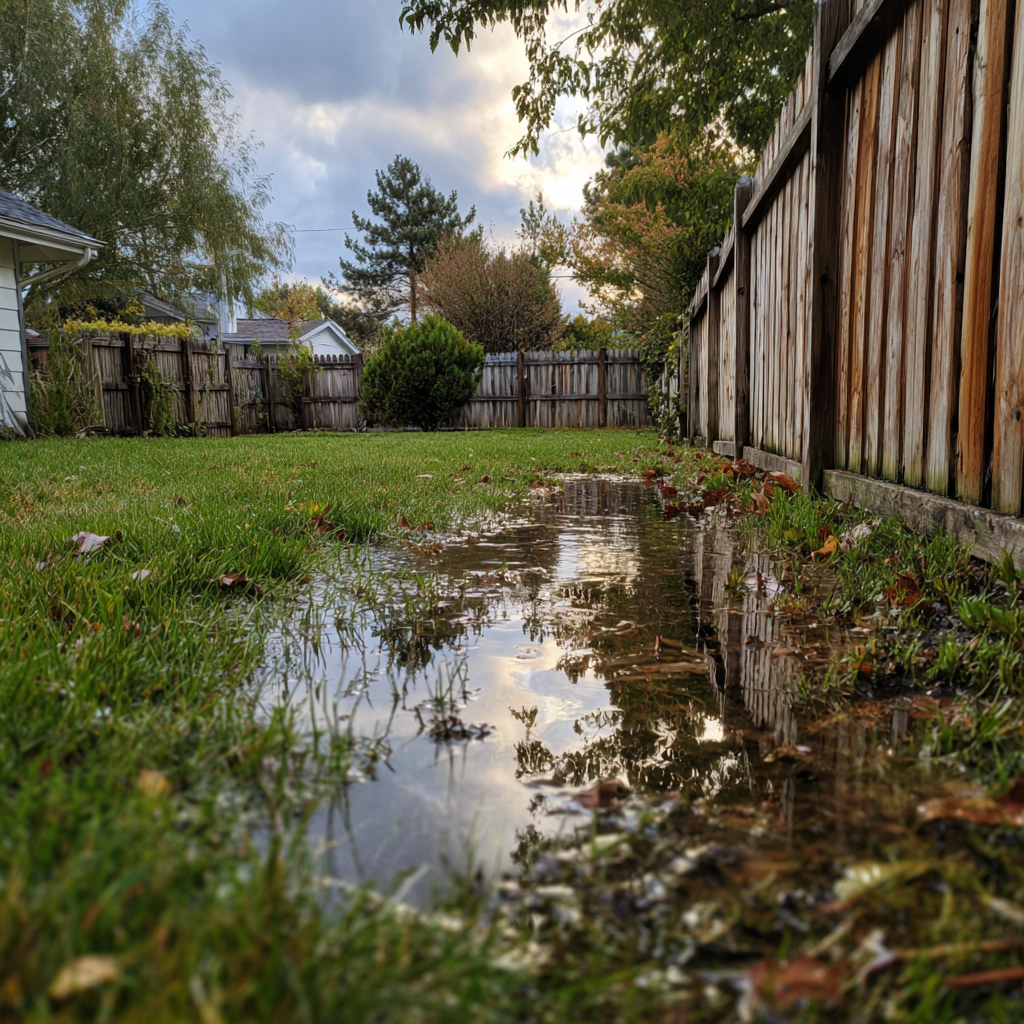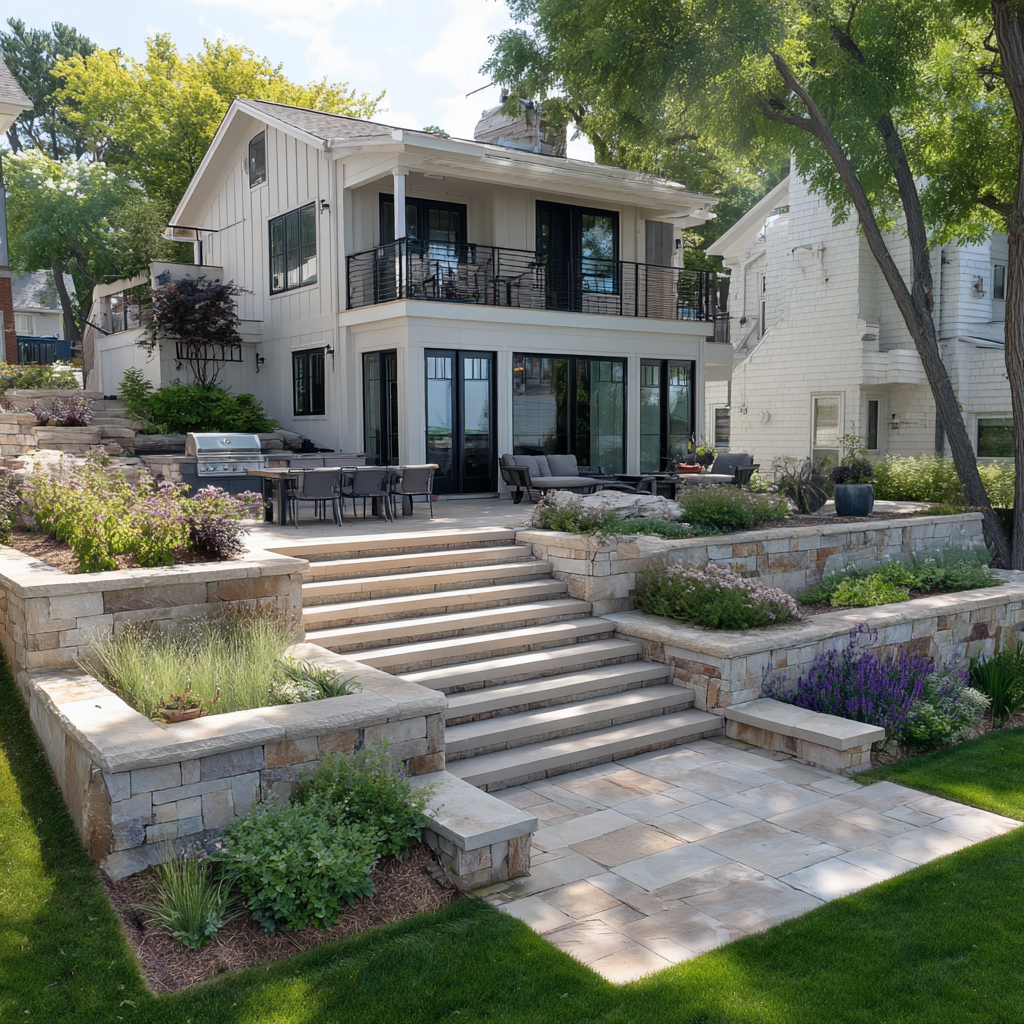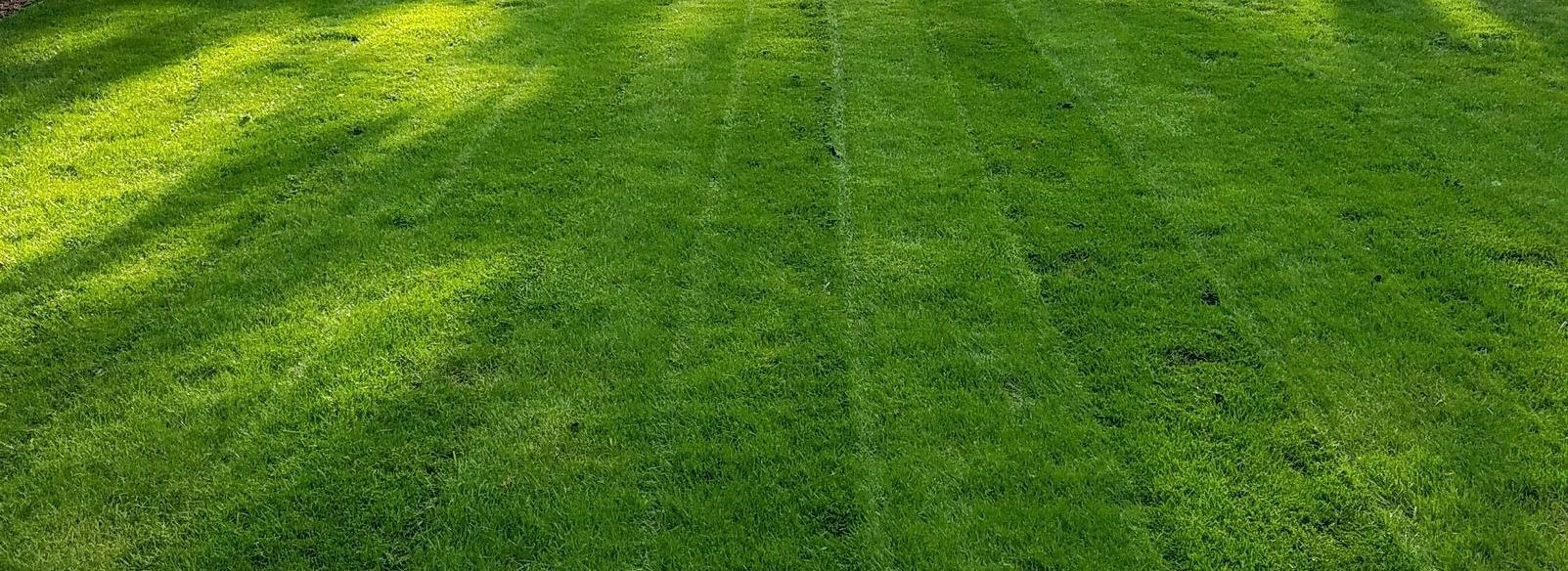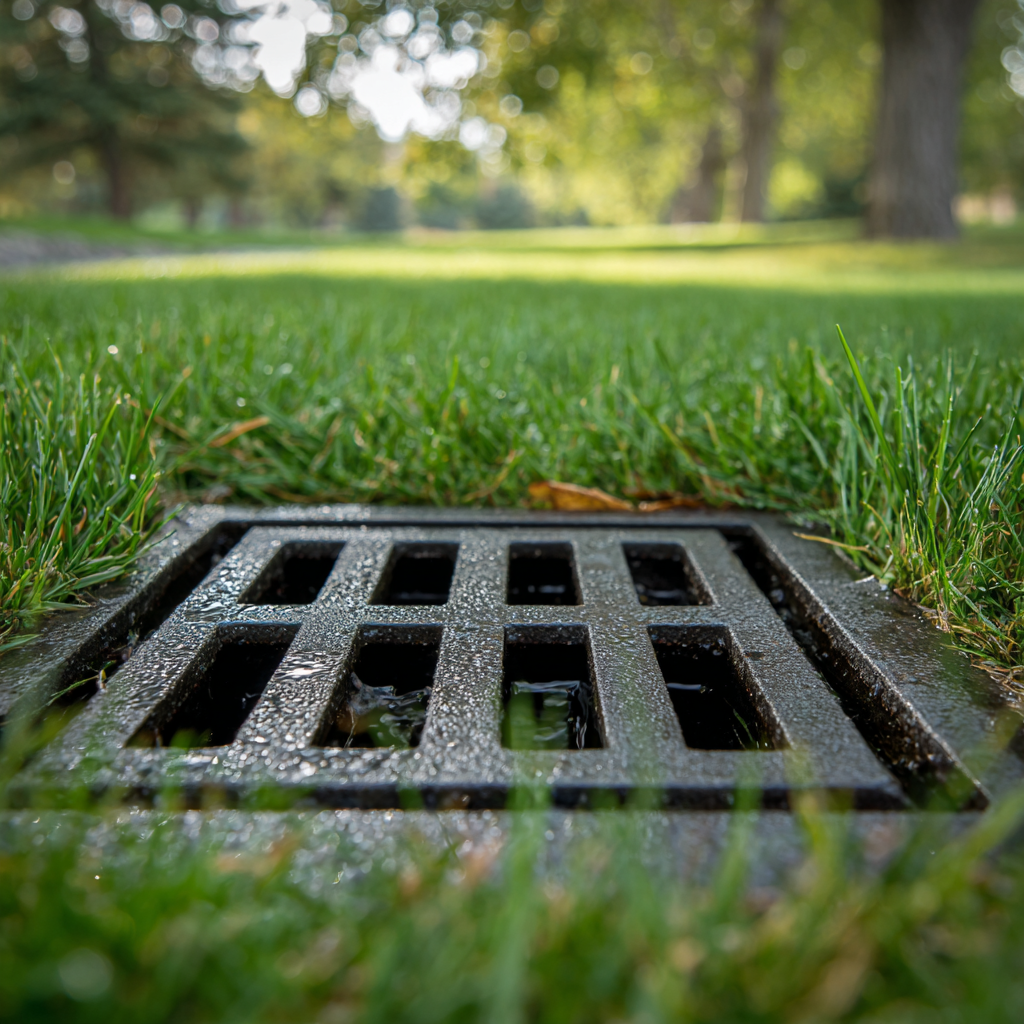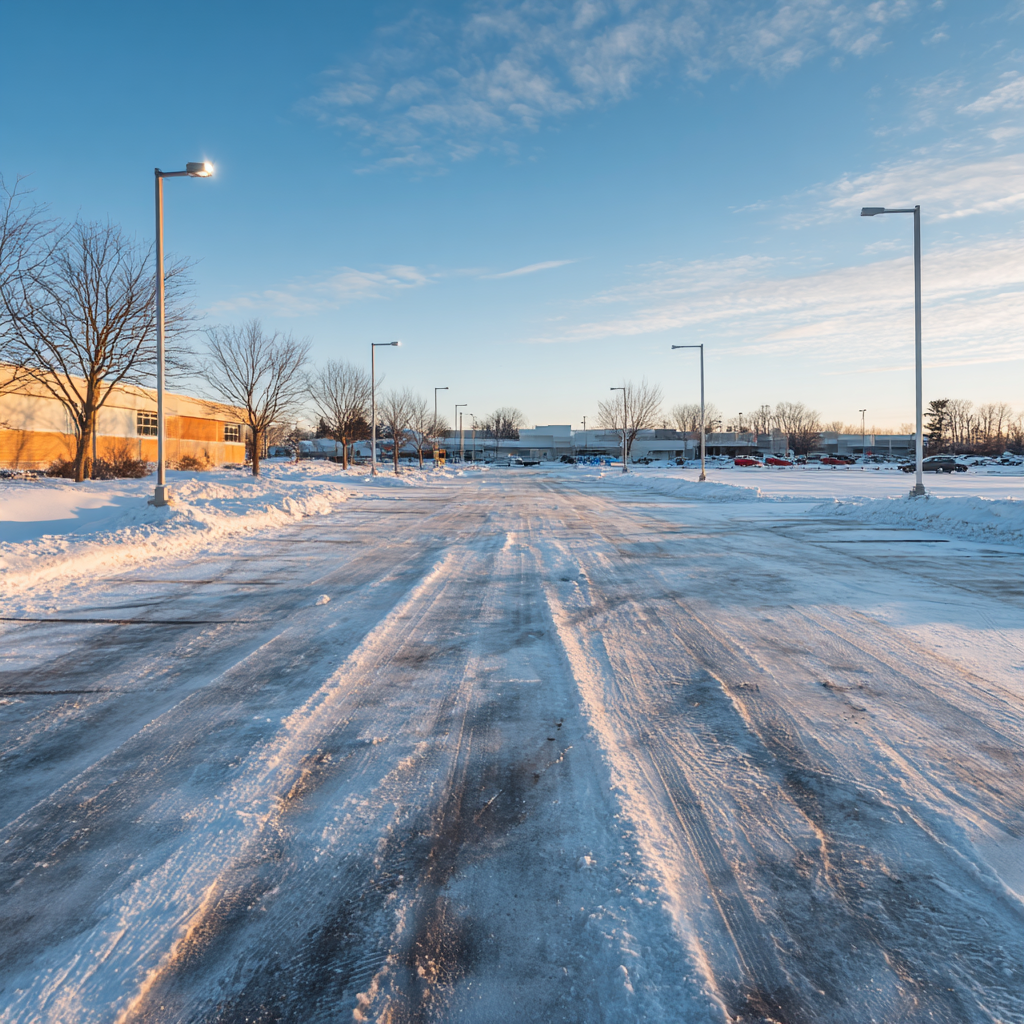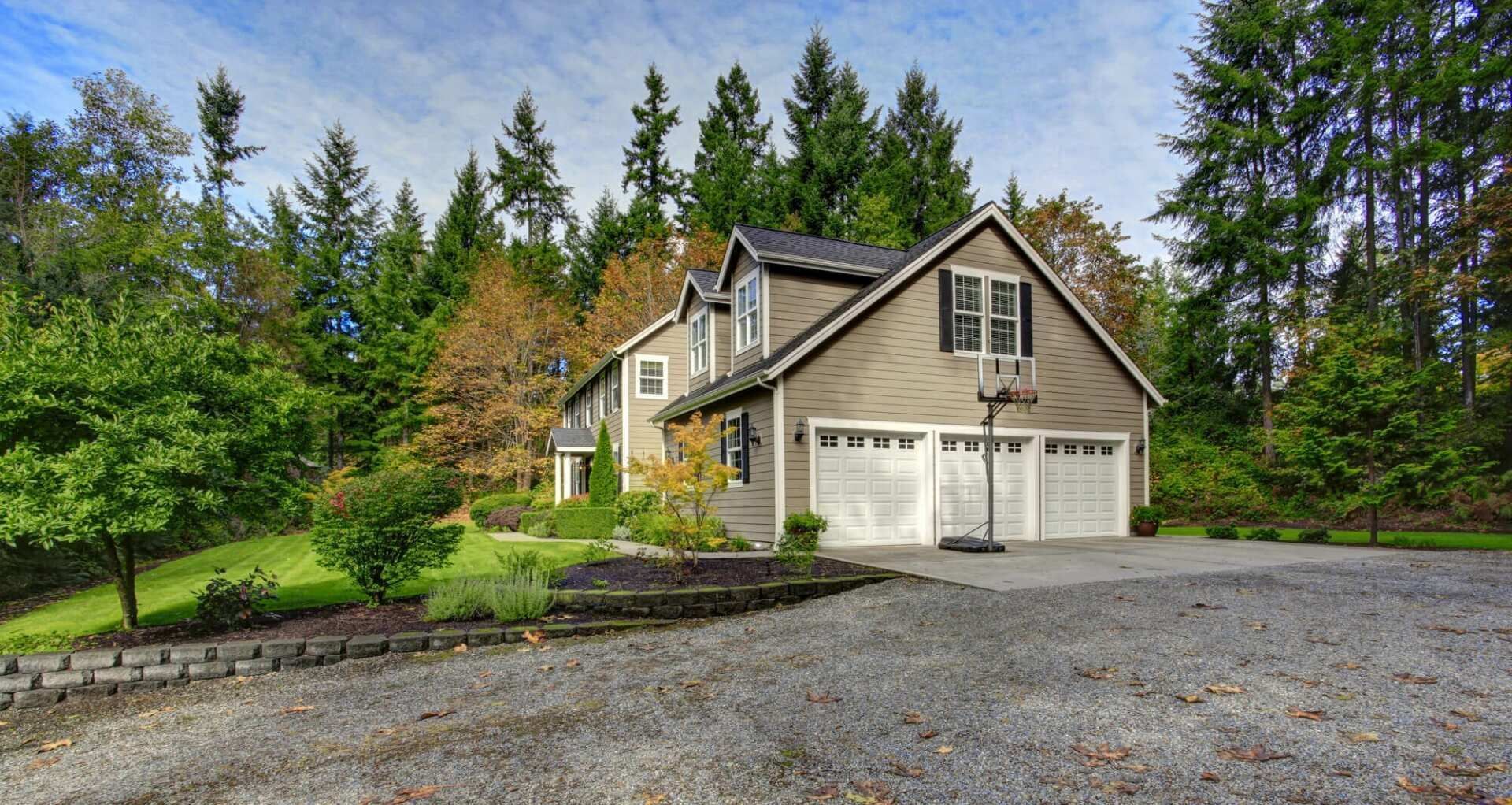Everyone wants a beautiful backyard that they can enjoy time in with family and friends throughout the year. Yards with hillsides and slopes make landscaping slightly more challenging but not altogether impossible.
If working around your sloped landscaping has you stumped, you don’t need to worry anymore. In this blog, we’ve got all bases covered on the best ways to craft a stunning landscaping design, even on a slope.
Working With a Slope
You don’t have to be scared of your sloping property when planning a landscape design. There are several smart ways to work around a slope to create a stunning aesthetic in your yard. Prior to taking on a new landscaping project, ensure that you take exact measurements and adequately plan with an experienced landscape designer to determine the best course of action in your yard.
There are Two Main Things to Remember:
When dealing with a slope, there are two crucial considerations to make before beginning your landscape design. You can’t just start incorporating landscaping elements on a whim. Landscaping on a slope takes precise measurements and patience to ensure that you don’t wind up with a soupy, swampy backyard space.
Know Your Grade
Every slope or hillside has its own specific grade. This measurement is crucial in determining which direction an experienced landscape designer may take their ideas. The higher your grade percentage, the steeper the slope of your hillside, which will require specific landscaping techniques to anchor the slope’s soil properly.
Estimating a hill’s grade is easy enough by merely looking at it, but obtaining exact measurements is your best bet when building your new landscape design. To
determine a slope’s grade, divide the rise of the hill by the run. You can work with a landscape designer to determine these calculations exactly.
Think About Drainage
Another critical factor to consider when crafting your sloping landscape design is drainage. Thanks to good old gravity, rainwater will run from the top of your hillside to the bottom, where water can quickly pool up without proper drainage techniques in place for sloped landscaping.
Poorly draining landscape designs can leave a swamp-like mess and also allow opportunities for erosion on your property. There are a variety of ways to control drainage and erosion on a sloping lawn. You can:
Once you understand your slope’s grade and drainage challenges, you can start planning some smart ideas for your hillside landscape design.
5 Smart Ideas for Sloped Landscape Designs
Dealing with a sloping property can seem daunting for many homeowners at first, but in reality, it’s easy to plan a landscape design around hillsides and slopes. Below, we look at five of the best ways to incorporate unique landscape design ideas into your sloping property:
1. Anchor the Hillside with Appropriate Plantings
One of the most important steps to take when designing a sloping landscape is anchoring the hillside. Whether you utilize trees, shrubs, flowers, or grasses is entirely up to you. Regardless of the plant species you choose for this landscaping project, the plants’ roots will help keep the soil in place and minimize an erosion event’s chances.
If you’re living in Minnesota or other parts of the Midwest, there is a wide variety of vibrant plantings ideal for an incline that can help anchor the soil of your property’s slope.
2. Start a Sloping Backyard Forest
If you like the look of trees along your yard’s hillside, why limit yourself to just a few? Instead, you can plant a forest oasis right on your property.
Building a backyard forest is much more straightforward than it sounds. You can visit a local nursery to find starter trees that will thrive in your
local plant hardiness zone. Watching your personal forest flourish over the years is exciting and can add immense value to your home. Not only will your yard look beautiful, but you also gain more privacy on your property with a lush backyard forest.
3. Create Cascading Terrace Garden Beds
Exceptionally hilly properties can benefit from retaining wall garden beds because they encourage proper drainage. Use dry stones, interlocking pavers, bricks, or wood to build terraced garden beds. Fill each bed with beautiful, cascading plant and vine species for a stunning visual effect.
4. Build a Beautiful Hillside Waterfall
Water features are a wonderful addition to your yard’s hillside landscape. Use rocks and builders to build a beautiful, natural-looking waterfall from a higher point on the hill down to the bottom.
Surround your waterfall with lush green, low lying plants for a picturesque backyard scene. There are several stunning stypes of stone you can use to craft a backyard waterfall, including:
5. Reinforce Your Landscaping with Rocks
Another excellent way to prevent erosion on your sloping property is by using stones and rocks to reinforce hillsides. Incorporate large rocks or boulders into your backyard landscape to stabilize the soil. You can also surround the large stones with plant species, so their roots help maintain the soil’s structure even more.
Stunning Sloped Landscaping
Don’t let your hilly, sloped backyard scare you away from implementing attractive landscaping elements. There are plenty of exciting ways to work with a sloped property, incorporating trees, stones, garden beds, and even a water feature.
Although it might be slightly more challenging to work with a slope, it is far from impossible. If you choose the right landscape designer, what was once a daunting task will turn out to be a simple, stress-free process. Designing the landscaping for your sloped lawn will provide immense benefits, so it’s best to get it done right.Your
local landscaping company can help plan, design, and implement a beautiful backyard landscape design for any sized property, regardless of the slopes and steep grades. With proper planning, a hillside landscape design can look beautiful and protect from potential erosion all year long.
